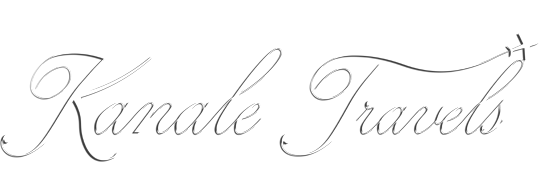We arrived at the famed Aurora cruiser for the final stop of our tour. The Aurora saw some combat during the Russo-Japanese War and in the Battle of Tsusima. The ship, now a museum, secured its place in history when, on 25 October 1917, it fired a blank shot from its forward gun. That was a signal to the waiting Bolsheviks, and the assault on the Winter Palace began soon after. Yes, the same Winter Palace we just visited a few hours ago. This started what became known as the October Revolution and eventually led to Russia becoming the Soviet Union.
Some members of our group took advantage of the opportunity to board the ship. I chose to stay on land and look around. Had I had a deeper understanding of the ship and its significance to the history of Petrograd, as St. Petersburg was called during that time, I probably would have gone aboard.
While walking around the area, I was cautiously approached by a group of about a half dozen teen-aged kids. You could tell by the looks on their faces and guarded apprehension that they thought I was a celebrity or a famous athlete. Their curiosity overrode their caution and the leader began asking me a few questions. Their English was not bad at all. I answered their questions and they seemed satisfied. I had one question for them: I wanted to know the proper way to address one of the elderly female vendors near the Aurora. I asked if it was appropriate to address her as Gospozha. They said it was.
The kids left. I walked back and respectfully addressed the woman in Russian. She did not seem impressed. We spoke very briefly. No smiles from her. I’m guessing this was just her way. I bought a souvenir from her and went back to walking around.
 Behind me was the Monument to the Sailors and Creators of the Russian Fleet. This was an interesting monument. I could not figure out what it symbolized. The inscription states its purpose, but I just could not understand the significance of the ribbon in the statue’s left hand, or why the statue is bronze but the sailing ship it holds in its right hand is gold. Research told me that this statue honors the 300th anniversary of the Russian Navy. The statue is of the Greek goddess Nike. But nothing about the ribbon or the ship. This was the last thing I explored before we headed back to the bus.
Behind me was the Monument to the Sailors and Creators of the Russian Fleet. This was an interesting monument. I could not figure out what it symbolized. The inscription states its purpose, but I just could not understand the significance of the ribbon in the statue’s left hand, or why the statue is bronze but the sailing ship it holds in its right hand is gold. Research told me that this statue honors the 300th anniversary of the Russian Navy. The statue is of the Greek goddess Nike. But nothing about the ribbon or the ship. This was the last thing I explored before we headed back to the bus.
The final thing I took a snapshot of was a Burger King. Everyone knows about the reach of American fast food throughout the world. Still, it is another thing seeing it firsthand. It reminded me that even though I am literally halfway around the world from my home, reminders of home are not far away. Would I stop in and buy something if I had the opportunity? It would depend on whether there are items on the menu here that are unique to Russia and not found in the States. If that were the case, yes, I would try something.
It wasn’t until after we got back home and I did some follow-up research that I realized that St. Petersburg is actually very walkable. Many of the places we visited can be reached on foot in one day.
While doing such research, you also inevitably run across some sad details that you otherwise would not know; things that are not pointed out in travel brochures and Instagram posts. The total cost of some of the buildings we visited is one such detail. The amount of resources consumed to construct and used to decorate them is another. Yet another is how many workers died while building these edifices. To those who lost their lives during construction of these buildings: Zemlya pukhom (земля пухом) (Rest in peace).
In just two days of touring St. Petersburg, I learned more about Russia and its history than I have during my entire life. I really would love to come back here and visit again.
The more I think about it, the more I realize that the best part of this visit to Russia was not so much being in Russia, but what I have learned and continue to learn about Russia since we got back home.




Comments are closed.